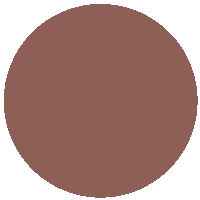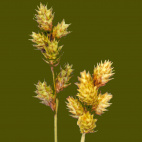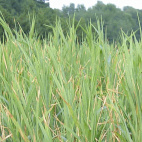Color
Availability
USDA Zone
Region
Type
Duration
Season
Germination
Soil
Sunlight
Height
Narrow Your Search
Color
Availability
USDA Zone
Region
Type
Duration
Season
Germination
Soil
Sunlight
Height
US Native Grass Seeds
The species on this page are not all technically classified as grasses, but the average gardener would probably call them "grass". Here you will find a variety of seeds of native grasses, sedges, reeds, and rushes. You might not think of grass as being as beautiful as flowers, but some of these wild grasses really are beautiful in their own way. Many of the native prairie grasses turn color in autumn, and the rusty bronze color of the stems adds a real fall aura to the planting. Winter birds benefit from the wild grass seeds, and small animals use the thick undergrowth for cover. The biomass of the grass is also the primary source for fuel when a prairie planting undergoes a planned burn.
-
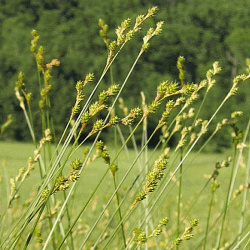 On Sale!
Plains Oval Sedge Seeds
Carex brevior
This highly adaptable sedge grows tufted bristly seed heads that form during the spring and mature in the summer. This native perennial does well in dry soils but can adapt to wet areas as well, so it is used in a wide variety of native seed mixes.Quick View$3.48 Pkt - $14.49 / Oz
On Sale!
Plains Oval Sedge Seeds
Carex brevior
This highly adaptable sedge grows tufted bristly seed heads that form during the spring and mature in the summer. This native perennial does well in dry soils but can adapt to wet areas as well, so it is used in a wide variety of native seed mixes.Quick View$3.48 Pkt - $14.49 / Oz -
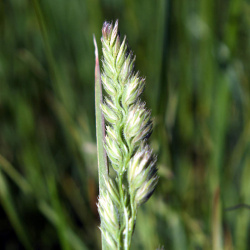 Upland Wild Timothy Seeds
Muhlenbergia racemosa
This native grass is not the same species that farmers use to make timothy hay. This perennial has soft leaves that do most of their growing the warm season of summer. It could be made into hay, but other species are better suited for that purpose.Quick View$3.48 Pkt - $32.00 / Oz
Upland Wild Timothy Seeds
Muhlenbergia racemosa
This native grass is not the same species that farmers use to make timothy hay. This perennial has soft leaves that do most of their growing the warm season of summer. It could be made into hay, but other species are better suited for that purpose.Quick View$3.48 Pkt - $32.00 / Oz
The species on this page are not all technically classified as grasses, but the average gardener would probably call them "grass". Here you will find a variety of seeds of native grasses, sedges, reeds, and rushes. You might not think of grass as being as beautiful as flowers, but some of these wild grasses really are beautiful in their own way. Many of the native prairie grasses turn color in autumn, and the rusty bronze color of the stems adds a real fall aura to the planting. Winter birds benefit from the wild grass seeds, and small animals use the thick undergrowth for cover. The biomass of the grass is also the primary source for fuel when a prairie planting undergoes a planned burn.
